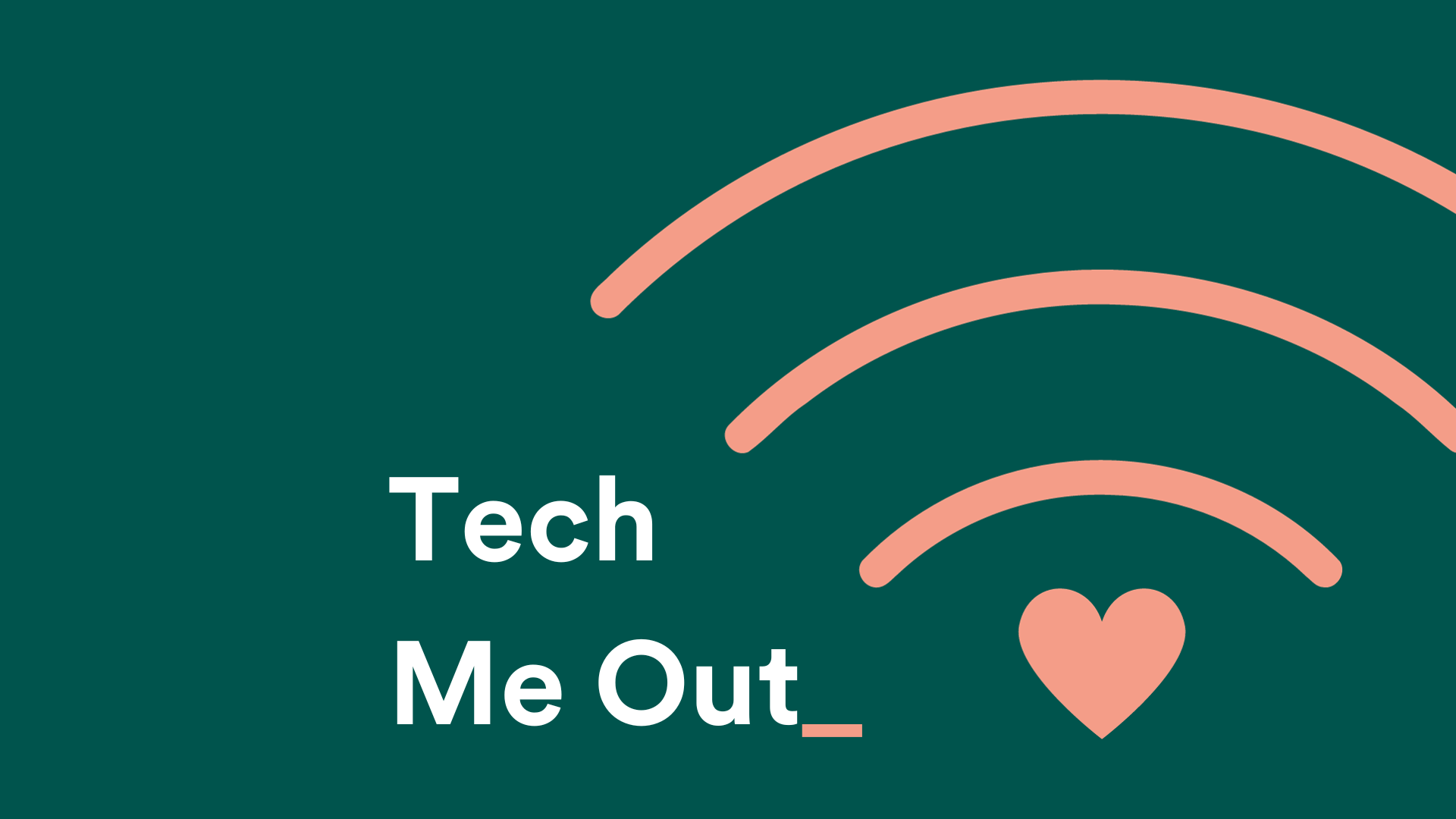It’s important that we can all grasp the technology that may become so prominent in our lives, even though this might become old news quickly (or not) per Jack Dorsey’s recent announcement of working on Web5 to replace Web3 already. To understand it, it’s probably easier to start at the beginning. Since the internet’s emergence in the 90s, the World Wide Web has gone through three major iterations.
The history
- Web 1.0: The static web
- Era: 1991-2004
- Key features: Static web pages hosted by internet service providers (ISPs)
- Notable companies and technologies: AltaVista, Yahoo
This was developed in the late 80s/early 90s and was a read-only/search-information-only platform. Personal web pages were common and consisted mainly of static pages hosted on free web hosting services. There was little in the way of user interaction or content generation.
The internet provided connectivity between computers across the world, democratising access to data. This is achieved with common protocols for accessing and sharing data, the hypertext transfer protocol (HTTP) emerging as the dominant one in the 90s to drive the World Wide Web alongside web browsers.
- Web 2.0: The social web
- Era: 1999 onwards
- Key features: Centralised services providing rich dynamic web applications, social media, blogging
- Notable companies and technologies: Google, Facebook, Twitter
This is what we all use at present and is a read-write version of the web. Content is user generated and it is interoperable for end users. The main driver of difference between its predecessor is the static web pages becoming dynamic and the growth of social media such as Facebook, Twitter etc. This transformed the way and ability information was shared and delivered. In the 2000s, we saw the emergence of social networks and website indexing services – companies started to add their own layers of value to Web 1.0, thus the creation of Web 2.0.
However, this centralisation of services isn’t great for users. Many providers of these services use proprietary technology and monetise users’ data for commercial benefits. Moreover, these platforms are susceptible to internal outages that can bring down the whole site, affecting the success or failure of services that run on top of them. One example is an online business running on Amazon Web Services’ platform, if an outage were to happen, the whole business would go down in the process.
- Web 3.0: The spatial web
- Era: 2009 onwards
- Key features: Decentralisation, open, trust less and permissionless networks. Also encompasses AI, Internet of Things (IoT), 5G and augmented reality (AR)
- Notable companies and technologies: Bitcoin, Ethereum
This is classed as the next iteration or phase of the evolution of the internet. The internet founder, Tim Berners-Lee, predicted this vision which he coined as the Semantic Web, and described it as being a more open, smarter and autonomous version of Web 1.0.
In 2022, Web3 represents the latest generation of internet applications and services, powered by distributed ledger technology – the most common being blockchain. Web3 aims to connect data in a decentralised way, rather than having it stored in centralised repositories, with computers able to interpret information as intelligently as humans. Its decentralised architecture seeks to address the issues that have stemmed from such problems, including user trust, privacy and transparency.
As mentioned in the above section, computation, data storage and the data retrieval move to decentralised networks of computers, rather than individual services hosted by companies or service providers that are subject to failure. This allows the creation of a new generation of companies and services that offer greater efficiency and availability, along with higher degrees of transparency and more equitable access benefiting all.
A bit more about the technology
Web3 is powered by blockchain technology, reinventing the way data is stored and managed, as well as incorporating concepts of decentralisation and token-based economics. It provides a unique set of data (a universal state layer) that is collectively managed. This unique state layer for the first time enables a value settlement layer for the internet. It allows us to send files in a copy-protected way, enabling true peer-to-peer transactions without intermediaries, and it all started with the emergence of Bitcoin.
Web3 has become a catch-all term for the vision of a new, better internet. At its core, Web3 uses blockchains, cryptocurrencies, and NFTs to give power back to the users in the form of ownership. Although it’s challenging to provide a rigid definition of what Web3 is, a few core principles guide its creation: decentralisation, permissionless, native payments and trust less.
Final thoughts
Web3 is a young and evolving ecosystem. In the last year alone, there has been a considerable surge in the interest in cryptocurrency, experiments with new forms of governance, and revolutions in digital identity. Web3 is a boat that many companies don’t want to miss – even at CCgroup, we’re beginning to see our own clients look at potentially leveraging this new area. For many companies, Web3 is being used to unlock new sources of revenue and business models. Decentraland, for example, is a virtual world powered by the Ethereum blockchain. Users can buy, sell, or rent parcels of land that they can use to build whatever they want. These virtual experiences can range from simple games to educational content and social experiences.
As we approach this new digital economy, companies need to consider how they can use Web3 to create a competitive advantage. We are only at the beginning of Web3 and as we continue to improve the infrastructure that will support it, the future looks bright.












